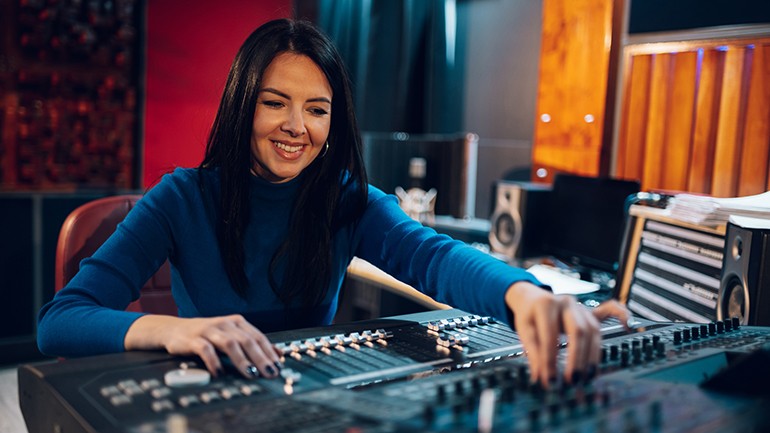Methods of Modern Mixing Revisited
A brief refresher on mix preparation, including some subtle adjustments that can make a significant difference

Because you can never know too much about the process, here we review some essential techniques for making a thoughtful and pleasing multitrack mix, such as understanding frequencies and why some work well together (and some don’t), how even slight variations in stereo placement can make an audible difference, as well as the importance of having a noise-free signal path right from the start.
Keep the signal clean. To ensure you’re working with the best sounds possible, always begin with a quality signal path—that is, double-check the connections leading from any source to the recorder, including microphones, electronic instruments and amplifiers, as well as mic and instrument cables, direct-input boxes, external processors, and so forth. Using headphones, solo the various channels while listening for electronic flare-ups of any kind, which can emanate from sound cards, connectors or even the source itself. Also remember that dimmer switches, heaters, dehumidifiers or other household devices can cause audible interference; if possible, keep your equipment physically distanced from such items, and/or plugged into a different circuit.
Go easy on the effects. Before the advent of digital, the sound of tape hiss, rotating Leslie speakers or other analog anomalies created a significant “noise floor,” requiring engineers to use as much recording volume as possible during a session in order to achieve a satisfactory “signal-to-noise ratio.” While modern recorders have made such issues moot, overuse of digital sound enhancers like reverbs, delays, limiters and the like can easily erode signal integrity by adding too much color to the mix. Accordingly, try to minimize or avoid processing altogether while working on your foundation tracks (or send reverbs/delays to the monitor mix only, rather than actually “printing” the effect with the track).
A question of frequency. While it’s helpful to get a sense of which instruments might work best for your new tune, you may not know for sure until you hear the parts mixed together for the first time. That’s because certain sounds may clash with one other, particularly if there’s an abundance of “like” frequencies—for instance, if you have predominantly high-end instruments such as acoustic guitar, electric piano, ride cymbal or tambourine in the mix, you may find it difficult to hear each part clearly, as the guitar could cancel out the piano, or the ride cymbal may cover the guitar, and so forth. If this happens, try substituting or muting any of the offending passages—in the above example, you might have the drummer switch to hi-hats or just omit cymbals altogether during certain sections of the song in order to free up space in the upper register.
Pan planning. Experimenting with different pan positions can also help your mix sound more focused. While things like lead vocal, bass guitar and kick drum tend to be locked in the center, when it comes to stereo placement there are no hard and fast rules—if you wanted to try situating drums entirely on one side to free up space in the stereo field, go ahead, you certainly wouldn’t be the first to do so. However, you can often achieve a pleasing overall sound by making only minute adjustments to the individual track pans, using your ears (not your eyes) to guide you. Does the guitar seem more present on the L side at 10 o’clock, rather than the R side at 9 o’clock? Do shakers blend better with the drums when placed in the center instead of off to one side? While there’s some science involved, remember that mixing can be a completely subjective process—and if you like what you’re hearing once you’ve moved the signals into place, that’s all that really matters.








Community
Connect with BMI & Professional Songwriters